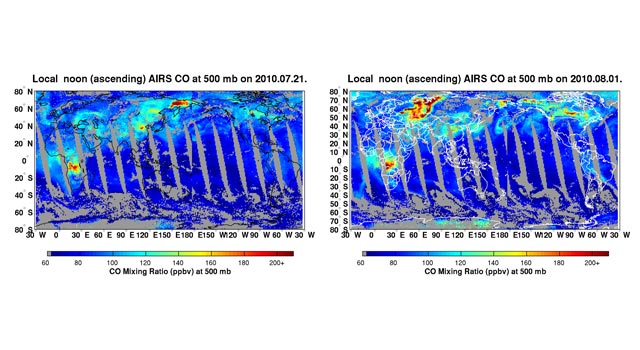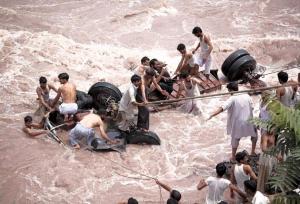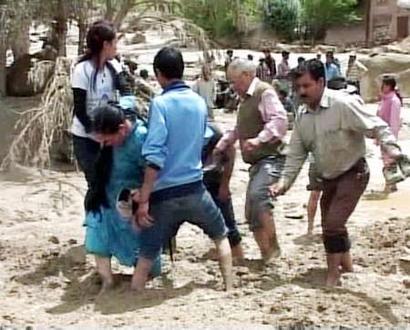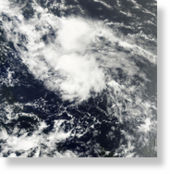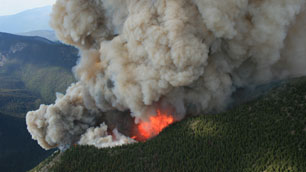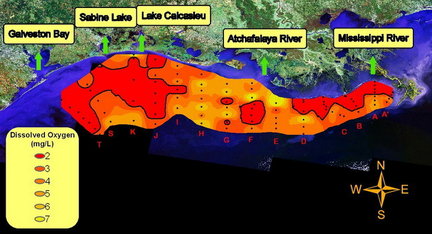Hail Iran, thou land of ancient splendor
Hail Iran, thou realm of golden light
Iran, thou art the mother
And domain of fabled heroes -
Cyrus, Darius, Xerxes -
History's legends, men of might.
So put away thy torpor, O' Iran.
Shake off thy slumber.
Forget thou not thy glory
In thy youth. Recall the sight
Of Apadana's pillars
And the walls of Ecbatana
And the Gateway to the Nations
Thru which disputes were put to flight.
So strike once more the harp.
Beat the timbrel. Sound the cymbals.
Raise again the rhyton,
of Artaxerxes, golden bright.
And recall thou wert the mother
of Man's first civilizations.
So kindle thou the torch
to safeguard against the night.
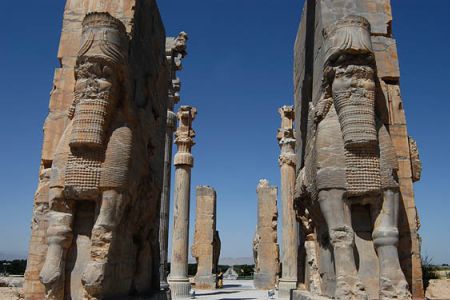
© Press TVPersepolis, Fars Province, Iran.
Iran, the name evokes different feelings among different groups of people. Today, largely thanks to the media, most Americans and Europeans think of Iran's nuclear program when they hear the word. Traditionally, however, before the age of 'news bytes' and round-the-clock coverage, the images evoked were quite different.
In the 19th century, for example, when Westerners heard the word, 'Persia,' (the name, by which Iran was then known,) they thought of bejeweled silken rugs, intricately illuminated books of poetry and the poignant song of the nightingale. Like mirages rising from the desert's shimmering horizon, images arose of verdant Persian gardens, perfumed with drifts of jasmine and cooled by the diamond spray of fountains.
Such images were not the products of 19th century orientalists' fancies. They did - and still do - exist and are an integral part of the country and civilization of Iran. Fabulous silk rugs are still being woven by hand. Books of poetry rendered in intricate calligraphy can still be found and perfumed Persian gardens - both public and private - still abound, providing cool respite from the fierce rays of the desert sun.
But just as Iran entails much more than the news outlets' latest political spin would have us believe, it also encompasses a great deal more than Medieval poetry and science -- or the fantastic One Thousand and One Nights culture promoted by Hollywood. One group limits Iranian culture to the parameters of the latest political debacle, while another thinks of it only in terms of the 'Golden Age of Islam' and the third categorizes it in terms of fairytales -- complete with flying carpets and magic lamps. All three assumptions are erroneous, with the first giving a completely skewed -- and the second two, only a partial -- image of Iran. No wonder Westerners are confused.
For over two millennia, the country and its culture have been misrepresented. This is particularly true of ancient Iran, which has traditionally been portrayed as corrupt, backward, lacking in initiative and despotic, whereas archaeologists have since found strong indications that the opposite was true.
